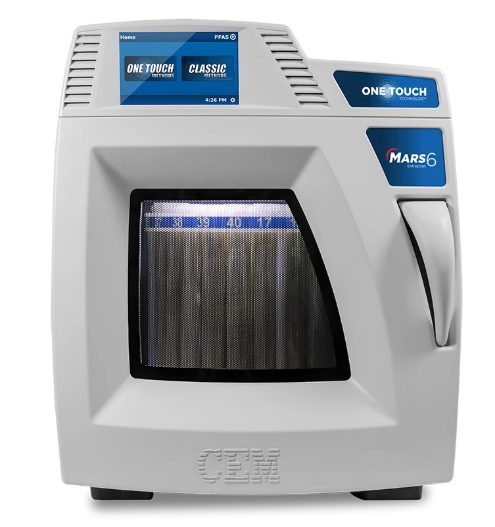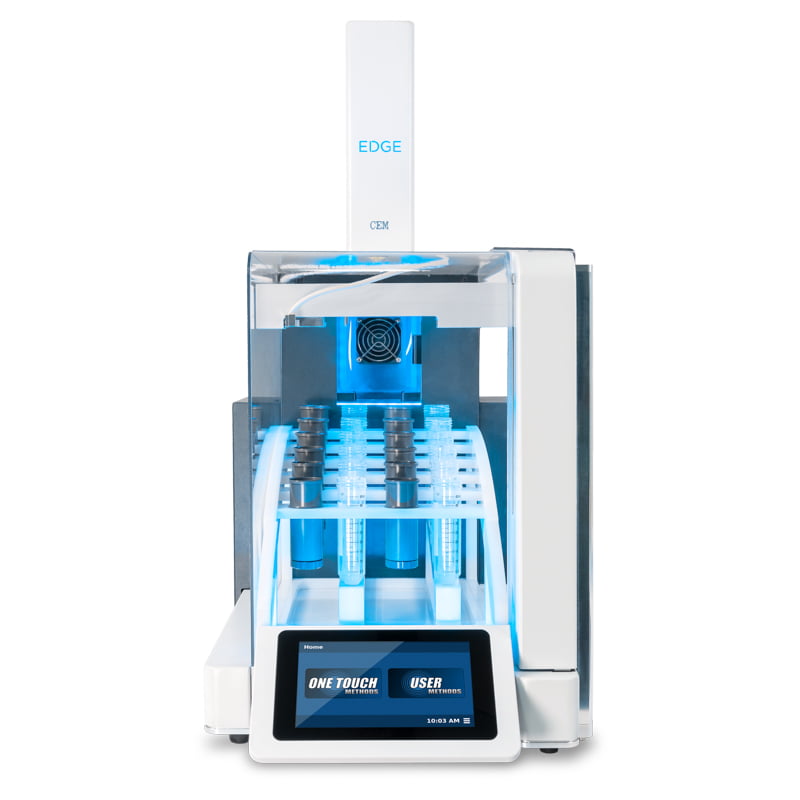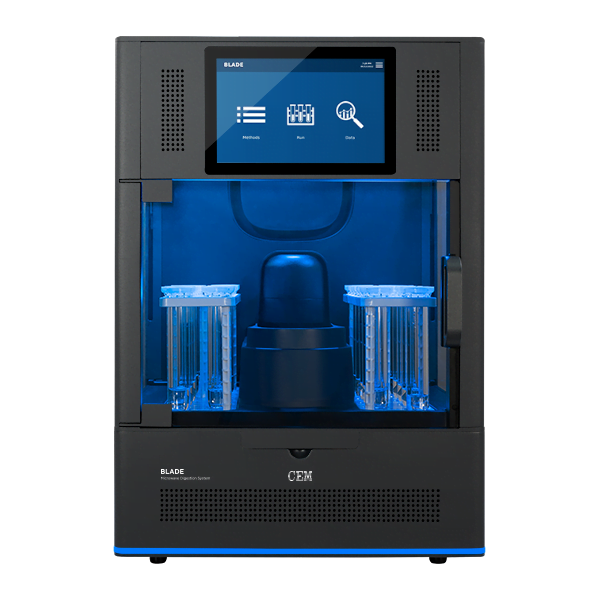Système d'extraction des PFAS par micro-ondes
Le MARS 6 PFAS, un système d'extraction des PFAS par micro-ondes, est spécialement conçu pour l’extraction à haut débit de ces composés. Doté d’un plateau tournant à 40 positions et de tubes centrifuges sans PFAS disponibles en deux tailles, il offre une conception optimisée et une utilisation simplifiée, rendant la détermination des PFAS plus facile et plus efficace que jamais.
Caractéristiques du système d'extraction des PFAS par micro-ondes :
- Système à haut débit : 40 échantillons en un seul lot
- Récipients jetables pour un nettoyage facile
- Répond aux exigences de la méthode EPA 1633
- Tous les composants en contact avec les échantillons sont testés pour vérifier qu'ils ne contiennent pas de PFAS.
- Compatible avec une grande variété de types d'échantillons
 Capacités de production élevées
Capacités de production élevées
Réacteurs conçus pour vous
MARS 6 peut traiter jusqu'à 40 échantillons simultanément, ce qui représente le débit le plus élevé de tous les systèmes disponibles sur le marché. Le plateau tournant simple accepte des tubes à centrifuger en polypropylène de 50 ou 15 ml. La simplicité d'utilisation facilite le transfert de l'échantillon vers le SPE ou directement vers l'analyse.
 Extraction efficace
Extraction efficace
Une meilleure extraction des PFAS au bout des doigts.
Dans le système MARS 6 PFAS, les échantillons sont chauffés dans un récipient fermé, totalement exempt de PFAS, permettant ainsi d'atteindre les niveaux de détection ultra-précis requis pour une analyse fiable. L’environnement sans PFAS assure une mesure précise de la température à chaque position, garantissant ainsi une extraction complète à chaque cycle.
Réduction de la consommation de solvants
Processus d'extraction accéléré utilisant moins de solvant.
Le système MARS 6 PFAS peut extraire jusqu'à 40 échantillons simultanément en utilisant des tubes à centrifuger standard. Les tubes à centrifuger restent scellés pour éviter toute contamination, ce qui permet d'utiliser des températures modérément élevées, tout en offrant une plus grande efficacité d'extraction. Par conséquent, le système MARS 6 PFAS offre des temps d'extraction plus rapides, de meilleurs résultats et réduit l'utilisation de solvants et les coûts d'élimination pour votre laboratoire.
Le processus du système d'extraction des PFAS par micro-ondes
Logiciel convivial, conception centrée sur le scientifique.
1. Sélectionner une méthode
Une fois que le plateau tournant est chargé de récipients d'échantillons préparés, il suffit de sélectionner la méthode appropriée et de cliquer sur "Start".
2. Extraction de la matrice
Pendant l'analyse, le MARS 6 suit la méthode en fonction des paramètres sélectionnés, y compris l'initialisation, la montée en puissance, le maintien, le refroidissement, etc. Le MARS 6 applique des micro-ondes pour extraire l'échantillon. Le MARS 6 applique des micro-ondes pour extraire l'échantillon. Le plateau tournant pivote pour permettre au capteur IR de contrôler la température de chaque échantillon.
3. Refroidissement de l'échantillon
Pour la sécurité de l'utilisateur, lorsque l'analyse est terminée, le MARS 6 permet aux récipients de refroidir à l'intérieur de l'unité. Après refroidissement, l'échantillon est prêt à être analysé.
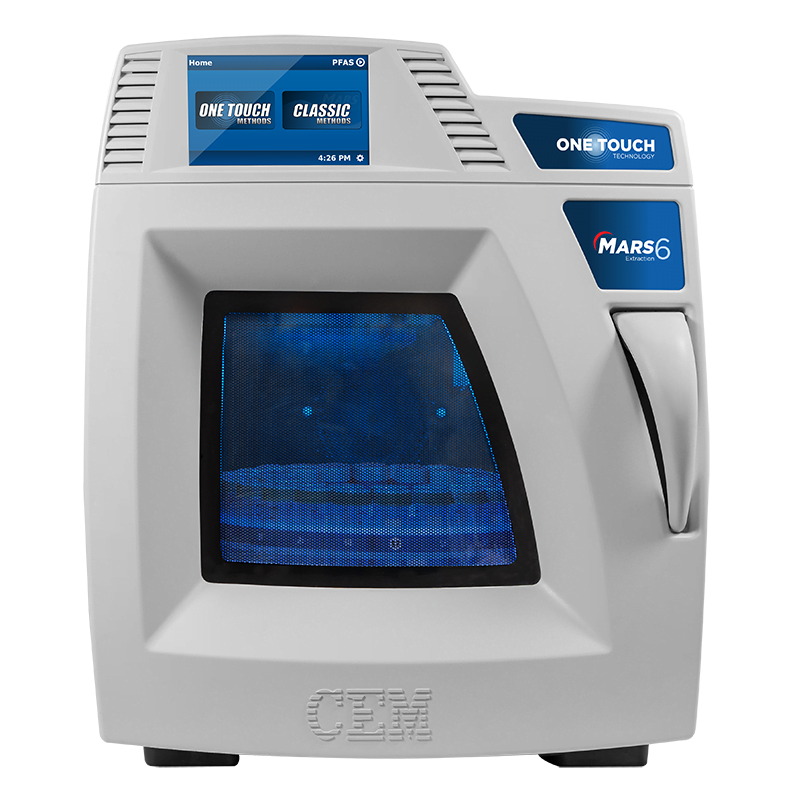
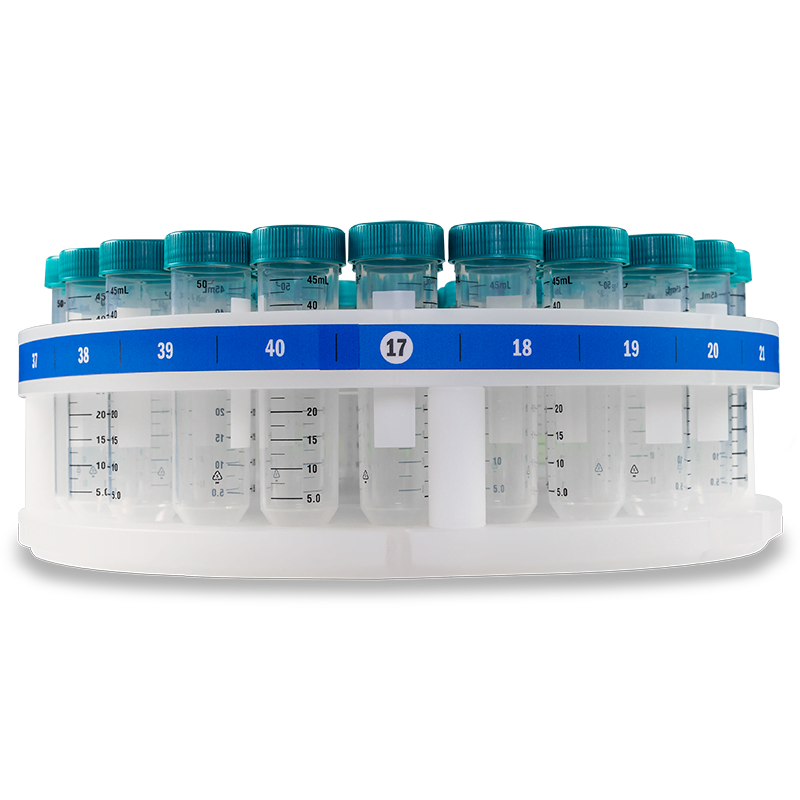
 Capacités de production élevées
Capacités de production élevées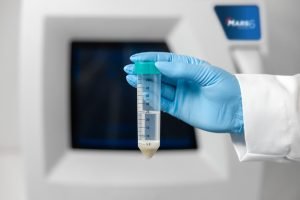 Extraction efficace
Extraction efficace